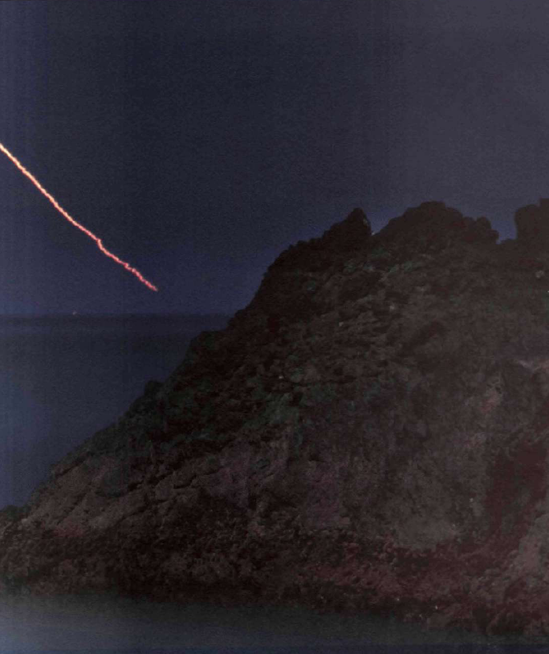Chapter 4. Watches of the deep night

Figure 4.1. Pages 170-171: This photo shows the planet Venus sett ing into the Pacific Ocean in the dark watches of the night.: 135mm, 8 minutes at f/16 and ISO 100, tripod mounted
Long Exposures in the Night
Whenever I give a night photography workshop, participants ask how I determine exposure settings when it is truly dark. It's a good question.
You'll find information about exposure settings at night on pages 40-61. It's important to remember that when you're working in the middle of the night, you need to think about exposure settings a bit differently. For one thing, the idea of setting up before darkness and gradually adjusting your exposures just doesn't get you to midnight or 2 am in any feasible way.
The photos in this book, and the related exposure data that I've provided with each one, should provide a starting place for deep-night exposures.
Observation is probably the most important part of deciding on exposure settings. At night, this takes a bit more work than during the day because you have to let your eyes gradually adjust to the low light levels. Once your vision has adapted, consider the light sources. Are you exposing just by starlight? Or is moonlight acting as a "fill" light to brighten some areas of your composition?
Given that stars themselves can be properly exposed between three minutes at f/5.6 and ISO 100 {the darker end ...
Get Creative Night: Digital Photography Tips & Techniques now with the O’Reilly learning platform.
O’Reilly members experience books, live events, courses curated by job role, and more from O’Reilly and nearly 200 top publishers.

